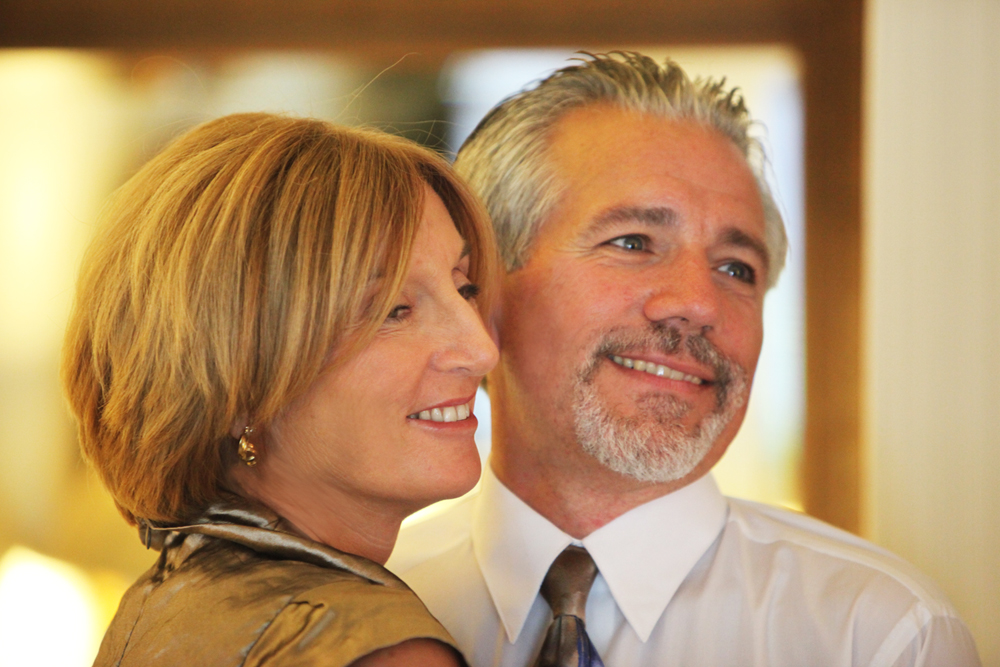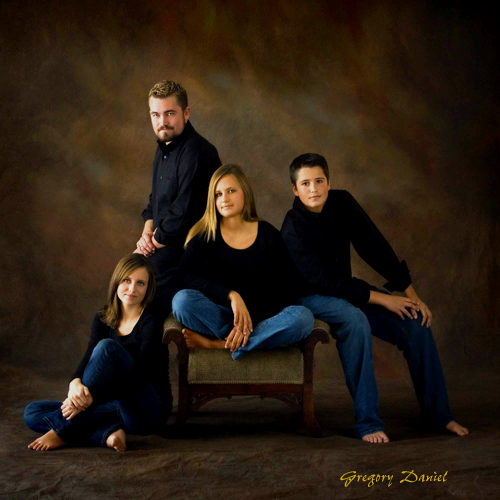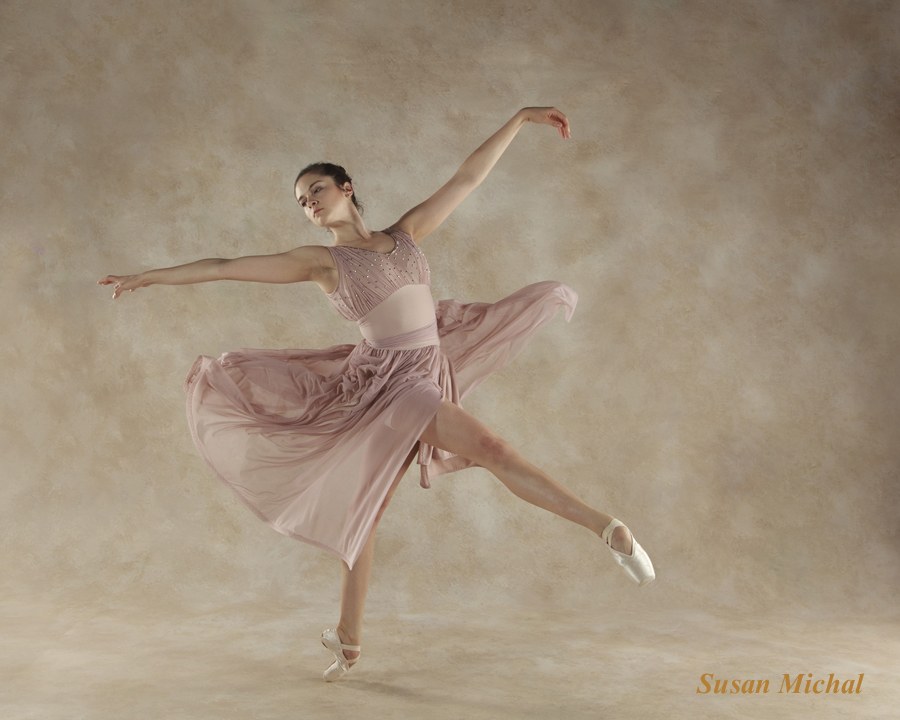“Choosing The Right Background Material”
By David and Julie Maheu
What background is right for you?
 Whether you are just starting out in business or are an established professional, choosing the right type of background material has always been a question asked by our clients. We would like to discuss the pros and cons of all the background options to make your photography sessions most efficient.
Whether you are just starting out in business or are an established professional, choosing the right type of background material has always been a question asked by our clients. We would like to discuss the pros and cons of all the background options to make your photography sessions most efficient.
First, canvas backgrounds either roll on a motor tube or can be mounted on a board and put on light stands. You can also staple them permanently across a studio wall. Canvas stays smooth, is very durable and has the ultimate depth and color. However, a 10 foot wide rolls up 10ft long so larger sizes are not as portable.
But for studio photographers who do not want to steam out wrinkles or take time to clamp off the background to make it flat, canvas is a good choice. For on location head and shoulder and children’s portraits, we always suggest a small canvas 6x8 to 8x8, as it sets up very easily with one light stand with no wrinkles. Susan Michal's image below is on canvas.


Hand painted muslin is the next choice. These have the same color and depth of canvas but to stay smooth and wrinkle-free you have to steam out any fold lines. To hang, you set up two stands with a cross bar, usually sold as background support kits, clamp 3 clamps across the bar and two on the sides onto the stands to pull taught. For in studio, use of a track system is perfect to keep them stored and wrinkle free. We suggest installing two poles just behind the track to clamp the sides taught or you can put hooks on the wall to clip to. The bottom of a large background can be looped into a holding strap to keep off the floor.
The advantage to muslin is you can use a large background on location easier than a canvas. A 20 to 30 foot wide muslin can be set up with 3 light stands and 2 crossbars over lapping in the middle for large groups, dance schools, etc. You can add a matching floor to create a studio look. Muslin can also be draped in creative shapes for a different look. Muslin is best stored and transported with a minimum amount of folding to decrease the lines to steam out. Hand painted muslins tend to be stiff at first so the more you use them they soften and will hang more easily. Greg Daniel's image is an example on muslin.
The last product is our artisan cloth better known as a computer printed backdrop . These are reproductions of our hand painted designs which have been a choice for photographers on the go who want a minimum of wrinkles .
So why would everyone not want these? First the pros: they are wrinkle free, light weight, washable, and great prices, however they are limited in sizes no wider than 10 feet. The color varies slightly from hand painted and the detail is softer. The bottoms may not stay put as easy on high volume shoots but can be taped down. They have to be hung like a muslin with cross bar or a track system. That being said, we have many customers who use all three products for their different situations, so you have to determine what is the most important factor for your photography.
In conclusion, these are the mechanics of choosing your background type but the most important decision will be the design you choose. This determines your style and quality of your images. We will discuss that part at a later date in this newsletter. So, stay tuned.
David and Julie Maheu have been the leader in painting backgrounds for 38 years. See their designs and the top photographer’s images at www.backgroundsbymaheu.com Feel free to call if you have any questions 1-800-237-1883. Email: This email address is being protected from spambots. You need JavaScript enabled to view it.
Thanks to Susan Michal and Gregory Daniel for sharing their images.
